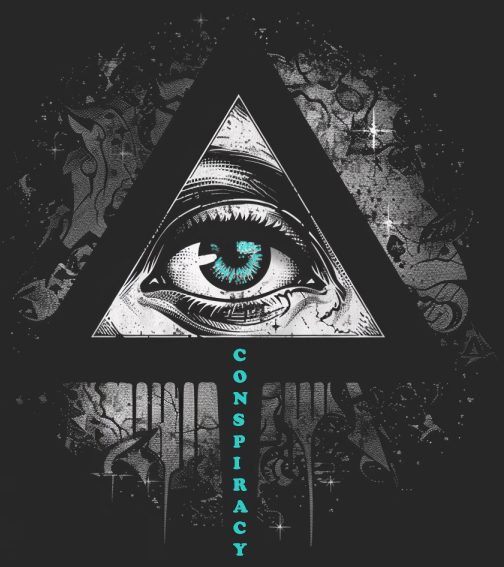The assassination of President John F. Kennedy on November 22, 1963, remains one of the most controversial and debated events in modern history. While the official narrative points to Lee Harvey Oswald as the lone gunman, a multitude of conspiracy theories has emerged over the years, challenging the accepted version of events. This essay delves into the complexities surrounding the JFK assassination conspiracy, exploring key theories, controversies, and the enduring mystery that shrouds that fateful day in Dallas.
The official account, as outlined by the Warren Commission, suggests that Oswald, perched on the sixth floor of the Texas School Book Depository, fired three shots, with the final one proving fatal to Kennedy. However, the simplicity of this narrative has fueled skepticism, giving rise to numerous conspiracy theories that question the official findings.
One of the most persistent theories posits that there was a larger conspiracy involving multiple actors and motives. Some theorists propose that elements within the U.S. government, dissatisfied with Kennedy’s policies, orchestrated the assassination. The Cuban Missile Crisis, the Bay of Pigs invasion, and Kennedy’s alleged reluctance to engage in military escalation during the Cold War have all been cited as potential motives for a covert internal plot.
Another prominent theory revolves around the alleged involvement of organized crime in the assassination. Proponents of this theory argue that the Mafia, displeased with Attorney General Robert Kennedy’s aggressive pursuit of mob figures, may have orchestrated the hit as a means of eliminating a perceived threat. The complex web of relationships between organized crime, the intelligence community, and political figures during that era provides fertile ground for speculation.
Furthermore, the so-called “Grassy Knoll” theory suggests that there was a second shooter positioned on the grassy knoll in Dealey Plaza. Witnesses reported hearing shots from different directions, and some photographic evidence appears to show Kennedy’s head moving backward, indicative of a shot from the front. This theory challenges the lone gunman hypothesis and raises questions about the thoroughness of the official investigation.
The mysterious circumstances surrounding the autopsy of President Kennedy have also fueled conspiracy theories. Some contend that crucial information was withheld or altered during the examination, raising doubts about the accuracy of the medical evidence. Skeptics argue that the government’s handling of the autopsy points to a deliberate effort to conceal the truth.
The Zapruder film, a home movie capturing the assassination, has been a focal point for conspiracy theorists. While it provides a visual record of the event, some argue that it also raises questions about the timing and sequence of the shots. The film’s frames, when scrutinized, have led to various interpretations and debates about the trajectory of the bullets.
In the decades since the assassination, numerous documents related to the case have been declassified, adding another layer to the conspiracy narrative. The Central Intelligence Agency (CIA) and the Federal Bureau of Investigation (FBI) have released files that reveal surveillance activities and intelligence operations, further intensifying suspicions of government involvement in the events surrounding Kennedy’s death.
Despite the abundance of conspiracy theories, it is crucial to acknowledge that skepticism does not inherently disprove the official narrative. The Warren Commission, while facing criticism for potential oversights, concluded that Oswald acted alone. The burden of proof lies with those advancing alternative theories, and some critics argue that many conspiracy narratives lack substantive evidence.
In conclusion, the JFK assassination remains a subject of enduring fascination, marked by a tapestry of conspiracy theories that challenge the official account. Whether driven by distrust of government institutions, skepticism about the evidence, or a desire for a more complex and intriguing narrative, these theories reflect the enduring uncertainty surrounding that pivotal moment in American history. As new information emerges and technological advancements provide fresh perspectives, the enigma of the JFK assassination conspiracy persists, inviting continued exploration and debate.

 Cart is empty
Cart is empty 